All Natural Homemade Soap Bar Recipes
20+ natural homemade soap bar recipes that are great for beginners and experienced soap makers. Plus, I’m sharing a few tips and tricks for how to make natural bar soaps at home.
You can easily make your own soap bars at home with these soap recipes!
It is so important to learn a new practical skill. And DIY soap making is such a great and valuable skill to have!
Learning how to make your own soap bars from scratch is also very satisfying. I love making homemade products for our home. There’s always a sense of accomplishment when making things from scratch.
When I make a natural bar soap, I don’t like to use any ingredient which could be toxic. So I personally avoid any artificial dyes, perfumes, and additives that can be questionable.
Homemade natural soap bar recipes
Not ready to make your own soap bars? Try these amazing all natural artisan soaps and organic body care products.
When I make a natural bar soap, I don’t like to use any ingredient which could be toxic. So I personally avoid any artificial dyes, perfumes, and additives that can be questionable.

The recipes that I’m sharing in this post don’t contain any of those questionable ingredients that we are trying to avoid. Instead, they are all naturally made.
Methods of making homemade soap
There are 3 basic methods of making soap at home.
- Cold process – cold process soap takes about 4-6 weeks to cure before using the soap.
- Hot process – heated and cooked for awhile, typically in a crock pot as it needs a constant heat source. Can be used once it cools.
- Melt & pour – easy process without use of measuring out fats, liquids, lye. Simply cut, melt and pour into soap molds. Can be used once it’s cooled.
Is lye required?
The way that the saponification process works, animal fats or vegetable oils are reacted with sodium or potassium hydroxide (lye) to produce soap.
Simply said, yes it is needed when making a making cold and hot process soaps.
When working with sodium hydroxide, aka lye, be sure to work in a well ventilated area. And be sure to wear protective gear, such as eye goggles, gloves, long sleeves, etc.
Want to save this?
However, you can make melt and pour soap bars without having to deal with the lye solution.
While I’m raising littles, I prefer to work with melt & pour soap bases. Because the dangers of working with lye are just too risky while they are toddling around the home.

Additive ideas
- dried herbs & flowers
- coffee grounds
- activated charcoal
- honey
- oatmeal
- clay
- seeds: apricot, raspberry, cranberry, etc
- milk powder
- aloe powder
- shea butter
- cocoa butter
- loofah
How to naturally color soap bars
There are many natural ingredients that can be used to color natural soap bars. I’m going to highlight a few of the most common and easily available options for homemade soap.
- Red / pink: beetroot powder, rose pink clay
- Orange: ground or shredded carrots, annatto seed
- Yellow: turmeric, curry powder, ground chamomile
- Green: alfalfa, spinach, green tea powder, spirulina
- Blue: indigo root
- Purple: alkanet root
- Black: activated charcoal
- White: kaolin clay
- Gray: bentonite clay
Generally you will infuse with the oils you are using for the soap bar. Some other options are to blend into the soap mixture.
For best results, follow the specific recipe when you’re beginning with your soap making journey.
Natural ingredients
When making your own soap bars, you can make it with the ingredients that you choose and the fragrance oils, additives, and colorants that you prefer.
The recipes that I’m sharing in this post don’t contain any of those questionable ingredients that we are trying to avoid. Instead, they are all naturally made with great ingredients.
The featured soap recipes in this post are great for both beginning and experienced soap makers.
There are recipes for making your soaps completely from scratch and also many simple melt and pour soap recipes. So there’s really a little bit of something for everyone!
Homemade Soap Bars
Here are recipes for making your soaps completely from scratch and also many simple melt & pour soap recipes. So there’s really a little bit of something for everyone!
Clay and Charcoal Soap Recipe
This super easy DIY Clay and Charcoal Soap Recipe is incredibly beneficial. It uses a melt and pour goat milk soap base. And it can easily be made vegan friendly by changing the soap to plant based soap.
DIY Oatmeal Easy Soap Recipe
This DIY Cinnamon & Oatmeal Easy Soap Recipe is so simple to make. Using a melt and pour soap base that contains clean ingredients. And because it is all plant based, it is Vegan friendly too.
Easy DIY Rosemary Vanilla Essential Soap
Easy DIY Rosemary Vanilla Essential Soaps recipe! It is so easy and inexpensive to make. And it is so much better than any store bought soap you can get! I love a soap recipe with herbs and essential oils, don’t you?
Easy Melt and Pour Soap Recipe: Rosemary Citrus
Together with a refreshing rosemary citrus melt and pour soap recipe! Combining lemon, sweet orange, and rosemary essential oils for scent. Along with lemon and orange peel for color. And goat milk soap base to suspend fresh rosemary within the soap, just because it’s pretty!
Soothing Lavender Soap Recipe with Frankincense
Soothing lavender soap recipe with frankincense. It’s fantastic for everyday use, but it also makes a nice non-food Valentine or a great DIY wedding favor.
Pink Grapefruit Exfoliating DIY Soap Making Recipe Anyone Can Make!
This homemade soap recipe came from my love of grapefruits’ fresh, sweet, citrus aroma.
Homemade Lavender Soap Bars
This simple lavender soap recipe is naturally colored with purple clay and scented with lavender essential oil. Be sure to use a light colored olive oil so the purple color really shines through.
Easy Homemade Goat Milk Soap
This is great tutorial for making homemade goat milk soap using a melt and pour base and essential oils. Create a combination all of your own or use my favorite blends!
Dead Sea Mud & Salt Hot Process Soap Recipe
So simple, with only four oils….but it delivers a wonderful lather, cleansing and exfoliation, all while being incredibly conditioning for the skin. The essential oils also have anti-bacterial properties and are super refreshing! What more could you ask for in a natural, handmade sea salt soap recipe?
Loofah Soap with Jojoba Beads & Essential Oils
When combined with goats milk soap and essential oils, loofah soap provides deep moisturizing qualities that give your skin a healthy glow. The jojoba beads add an exfoliating property that leave your skin silky smooth.
Basic Bastille Soap Recipe with Essential Oils
Formulated with a high percentage olive oil in combination with additional soapmaking oils, Bastille soap is a modern twist on traditional Castile soap which is made using only olive oil.
A Hot Process Rose Petal Soap Recipe
This Rose Petal hot process soap recipe is the perfect choice! It's quick and easy to make too.
How to Make Dried Herb Soap
This easy-to-make soap uses a melt-n-pour soap base and dried mint, chamomile and rosemary from the garden! It’s flavored with essential oils and smells as good as it looks!
How to Make Herb Infused Homemade Soap
This recipe uses both herb infused oil and herbal tea. Making an herb infused oil really is as simple as steeping quality herbs in a quality oil. Time and warmth are needed to allow the volatile oils in the herb to become infused in the oil.
Make Your Own Loofah Soap (Moisturizing and Exfoliating)
Sometimes our skin, particularly our feet and elbows, need a little extra lovin’ care. Moisturizing and exfoliating them goes a long way in keeping them soft and smooth.
Honey Comb Melt and Pour Soap Recipe
Honey is a great natural additive for soap, but I also made the soap look like a honeycomb both in color and texture. The technique that I used is so simple to do, too. You can make this honey melt and pour soap recipe in about 15 minutes.
Watermelon Soap Recipe with Real Watermelon Fruit
This watermelon soap recipe is a great way to enjoy your favorite summer fruit year round and naturally fight aging!
DIY Pumpkin Spice Goat Milk Soap
This DIY Pumpkin Spice Goat Milk Soap recipe is simple to make using only two ingredients and, of course, smells amazing.
Goats Milk and Honey Soap Recipe for Beginners
Goats milk contains natural vitamins that help to nourish skin and honey is a natural antimicrobial that helps to make a creamy, bubbly soap.
Mango-Avocado Anti-Aging Super Moisture Soap Recipe
Plus, Two Variations: Pink Grapefruit, Cinnamon, & Patchouli OR Lavender-Lemon-Palmarosa
Make your own 100% coconut oil soap at home
Two recipes, one for a 0% superfatted coconut oil soap to use purely to make your own washing powder. The second is a 20% superfatted pure coconut oil soap – basically the 1/4 moisturizing cream, without all the extra cruddy chemicals and processing that goes with it.
Homemade Goats Milk and Honey Soap ~ Easy Melt and Pour Recipe
Goats milk and honey soap is a beautiful handmade gift to make or receive. By using a goats milk melt and pour soap base, you can skip the risk of dealing with lye and the hassle of milking a goat. The resulting soap is still handcrafted with love right in your home kitchen, and the shape, add-ins, and scents are all your own.
How to Make Elk Tallow and Use It to Make Homemade Elk Tallow Soap
Tallow and lard are just wonderful to cook with and make the flakiest crusts too. Also you can make handmade soap!
Avocado Cold Process Soap Recipe
This recipe puts the focus on avocado oil. Avocado oil is high in Vitamins A, D and E, as well as amino acids. It is good for dry, sensitive skin.
How to Make Soap at Home- Beginner’s Guide to Soap Making
If you’ve been wanting to learn how to make soap at home, then this beginners guide to soap making is your episode. The different ways to make soap, when to choose which method, and how to get started with cold process soap making with lye water.
Hot Process vs. Cold Process Soap (Which is Better?)
Here are the pros and cons of hot process soap making versus cold process soap making based on my own experiences with each method.
How to Start Soapmaking on a Tight Budget
If you’d like to get started with soap making, but you’re afraid of the cost involved, this post is for you. You really can start making soap without spending much on supplies and ingredients.
Using Fragrance Oils vs. Essential Oils in Your Homemade Body Care Products
You’ll find out the positives and negatives of using both essential oils and fragrance oils, including “natural” fragrance oils in your handmade body care items.
Natural Soap Colorants: 44 Ways to Color Your Homemade Soap Naturally
A list of ways you can color your soap naturally.





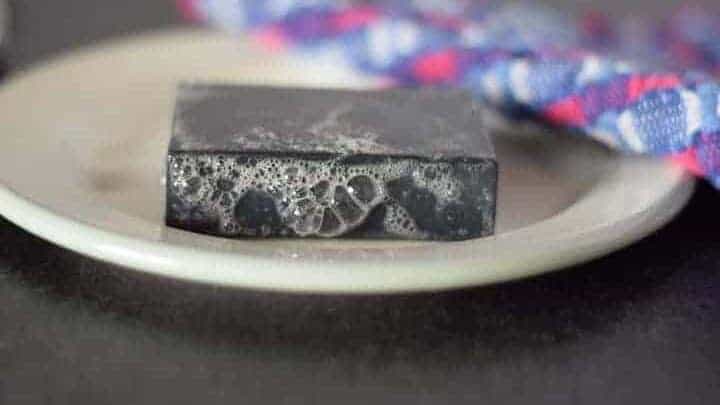





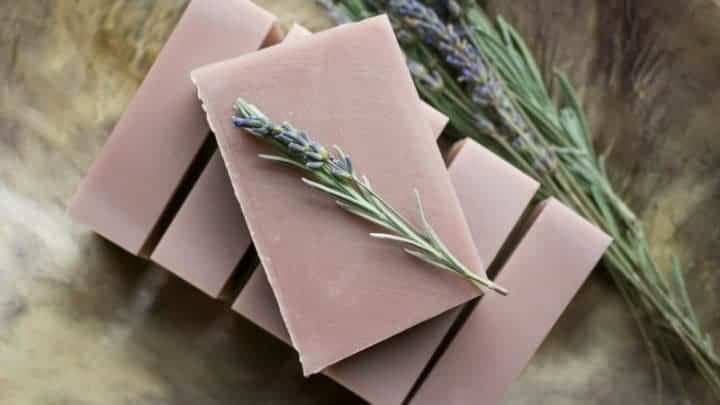








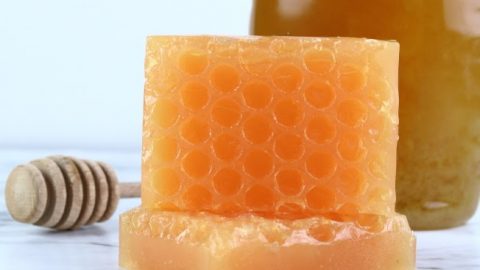
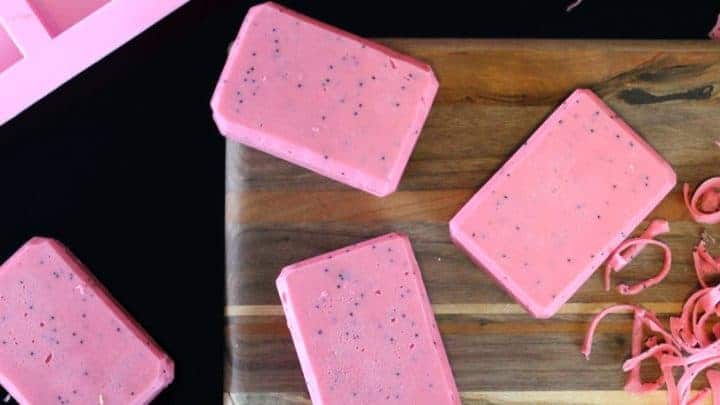
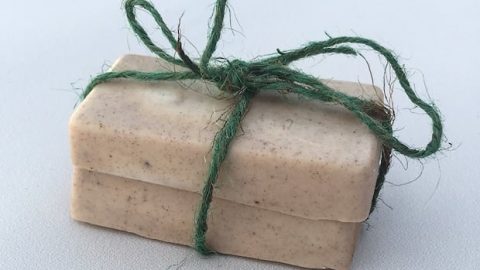
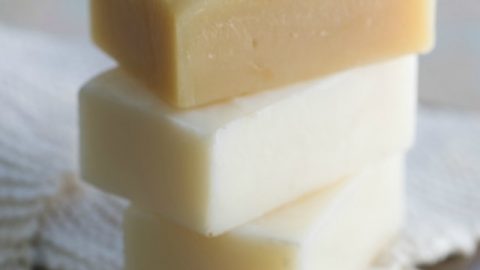
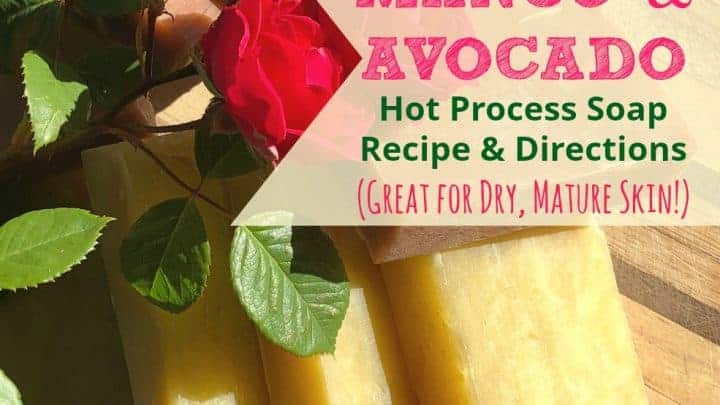


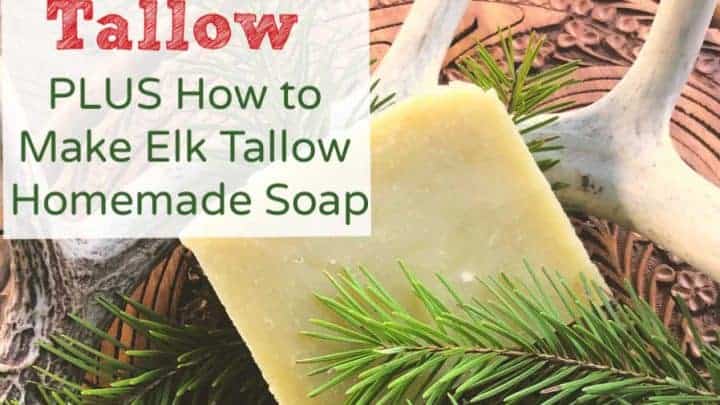


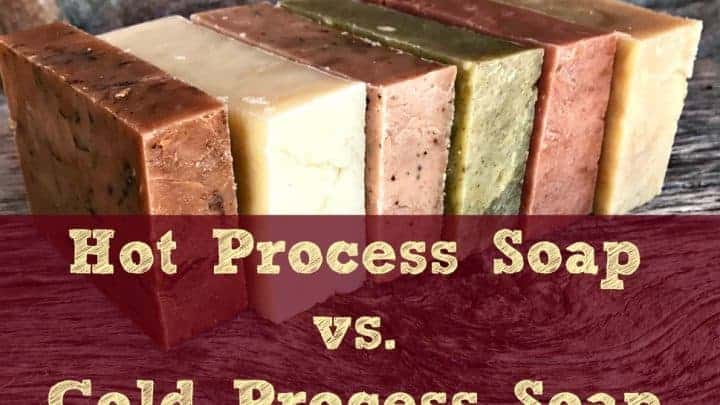



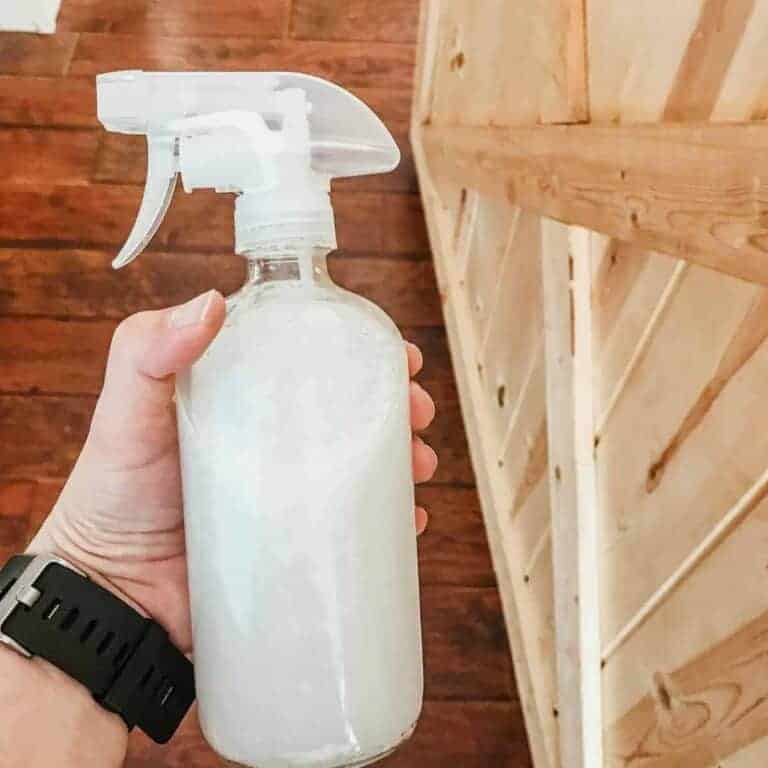




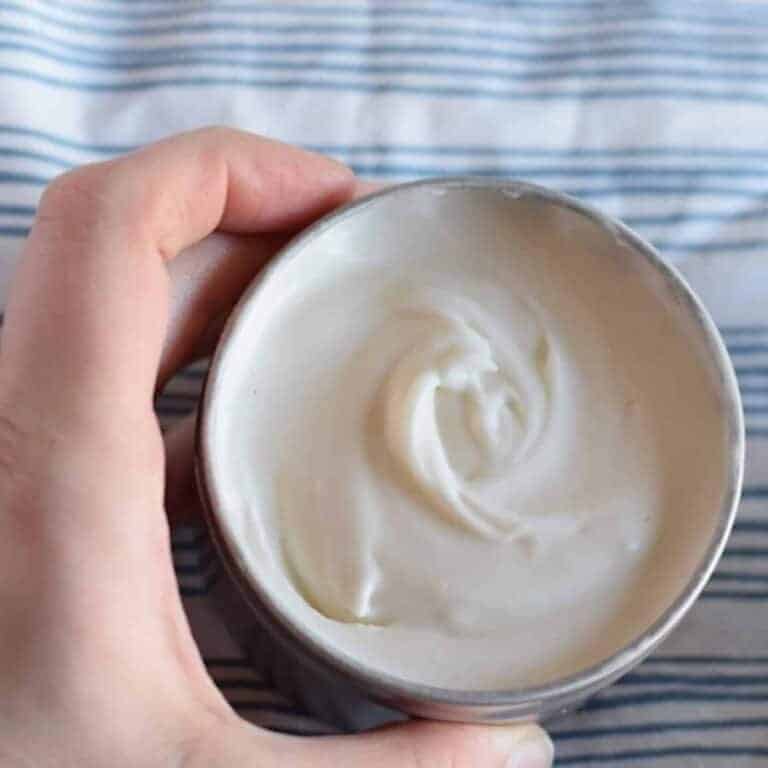
Hi Mary,
I’m new to all this so this may be a dumb question, but I have a husband who works in the medical field and is in and out of hospitals all the time. His first question to me is going to be, “Does this soap kill germs?” I want to move to a more natural home but he’s big on disinfectants and antibacterial soaps…
Hi Jenny! I think that if you add essential oils that are known for their germ killing ability to the soap base you should be ok. More common types are tea tree, Eucalyptus, citronella, sage, lemongrass, and peppermint. Some companies like Plant Therapy make a germ fighting blend and Doterra makes On Guard which has germ fighting oils. I would definitely recommend that you research these oils a little more to make sure they work for your family. 🙂
This looks so good! What a great gift to make for friends or to enjoy yourself!
Thanks for sharing! Does it keep long?
how do you make the soap base?
There are instructions for each recipe when you click on the read more under the desired soap recipe. 🙂
Hi,
I am an avid soap maker as well. I went to handmade soaps when my husband started having skin problems. I have looked into the melt and pour options and have not found one without added chemicals. They are not all natural. The ingredient I am trying to avoid is Propylene Glycol, a petroleum based product. So far, all the melt and pour options have it. If you have found one, do you mind sharing where you purchased it?
The soap base that I get is local. But I did search and there are good soap bases available on Amazon – you’ll probably have to search to find your specific needs.